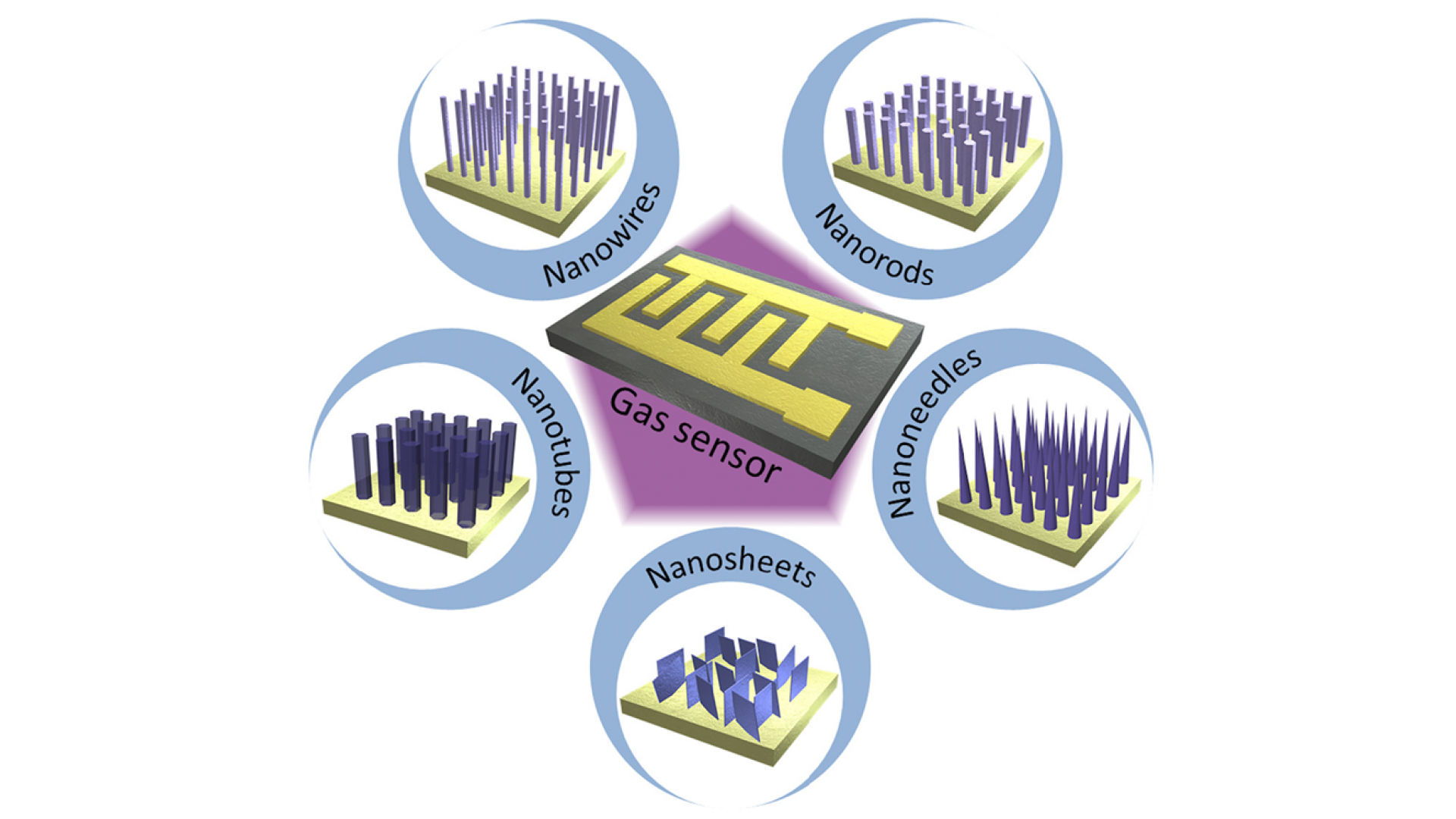Rafiq Ahmad, et al., "Recent Progress and Perspectives of Gas Sensors Based on Vertically Oriented ZnO Nanomaterials". Advances in Colloid and Interface Science 270, 2019, 1.
Vertically oriented zinc oxide (ZnO) nanomaterials, such as nanorods (NRs), nanowires (NWs), nanotubes (NTs), nanoneedles (NNs), and nanosheets (NSs), are highly ordered architectures that provide remarkable properties for sensors. Furthermore, these nanostructures have fascinating features, including high surface-area-to-volume ratios, high charge carrier concentrations, and many surface-active sites. These features make vertically oriented ZnO nanomaterials exciting candidates for gas sensor fabrication. The development of efficient methods for the production of vertically oriented nanomaterial electrode surfaces has resulted in improved stability, high reproducibility, and gas sensing performance. Moving beyond conventional fabrication processes that include binders and nanomaterial deposition steps has been crucial, as the materials from these processes suffer from poor stability, low reproducibility, and marginal sensing performance. In this feature article, we comprehensively describe vertically oriented ZnO nanomaterials for gas sensing applications. The uses of such nanomaterials for gas sensor fabrication are discussed in the context of ease of growth, stability on an electrode surface, growth reproducibility, and enhancements in device efficiency as a result of their unique and advantageous features. In addition, we summarize applications of gas sensors for a variety of toxic and volatile organic compound (VOC) gases, and we discuss future directions of the vertically oriented ZnO nanomaterials.
